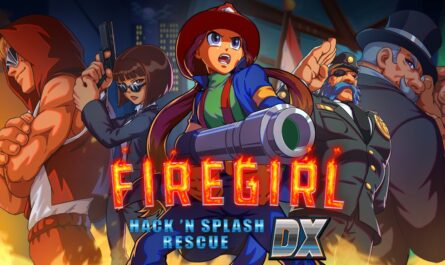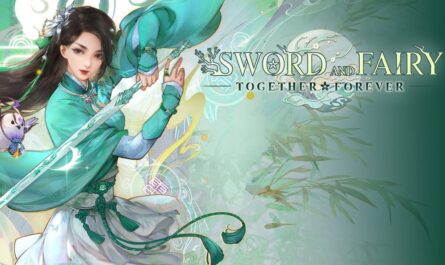When Naughty Dog decided to take a little break from Nathan Drake’s adventures and focus on something a little darker, more grown-up, no one really expected it to have the impact it did. The new game was called “The Last of Us” and managed to knock both reviewers and players, and also won a number of coveted awards.
Just over a year after the release for the PlayStation 3, an improved and upgraded version came to the PlayStation 4 – The Last of Us: Remastered (9/10) . Now, a console generation later, it’s time for another update of the now classic game, this time with the title The Last Of Us Part I .
For those who completely missed the game series, or at least the first game, The Last Of Us Part I takes place in a world where an aggressive parasite has begun to attack humans and civilization has more or less collapsed. It was, and still is, an interesting post-apocalyptic interpretation that also inspired other media (perhaps most notably Mike Carey’s book and later film The Girl With All The Gifts ).
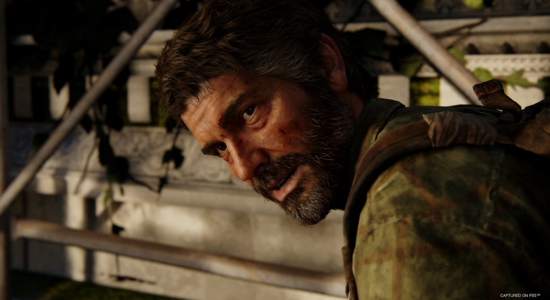
After a short prologue where the infection has just broken out, we are thrown twenty years into the future and get to follow Joel and a couple of other smugglers’ struggle to survive in a world where quarantine zones and police brutality are commonplace. Joel and his friend Tess soon encounter a young girl, Ellie, who will prove to be an important pawn in the game of influence and survival.
It’s noticeable that it’s been a couple of years since The Last Of Us was released, and that the studio didn’t really know where the game series was going from the beginning. Compared to The Last Of Us Part II (9/10) , the original feels a bit outdated mechanically, or perhaps more like the Uncharted games in the layout. It’s not nearly as fluid and smooth in the exploration, combat, or pacing.
Often I end up in unnecessarily long combat sequences, or forced to move around on rafts, ladders or garbage containers to navigate the world. These moments slow down the pace a bit, and I perhaps wish some time had been spent streamlining the more monotonous moments. But now this is not a full-scale new version, but “just” a substantially graphically updated version.
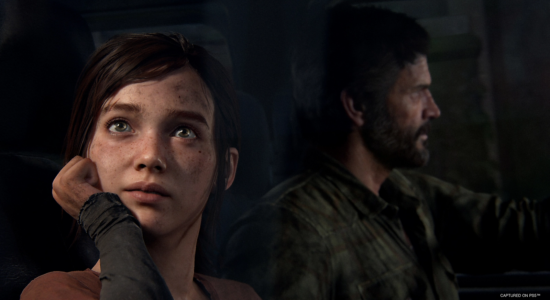
Technically and visually, however, playing The Last Of Us Part I is a real feast for the eyes, ears and hands. The characters have been heavily re-modelled and feel very realistic. The facial expressions really deliver the emotions the characters are feeling, and it’s a huge step up from both the PS3 and PS4 versions on a purely graphical level, from animations, improved textures and lighting. The Dualsense features are put to good use, both in and out of combat.
Naughty Dog has also been very careful when it comes to features to allow the player to customize the game, both in terms of difficulty, and various accessibility features – everything from colors and text size of subtitles, but also a lot of features for the visually impaired. The ability to easily control how much damage you do in relation to the enemies is a welcome feature for those who are most interested in the action. It’s quite a shift from a series that has always had a decent range of more or less sadistically difficult difficulty levels (and rewards attached to them).
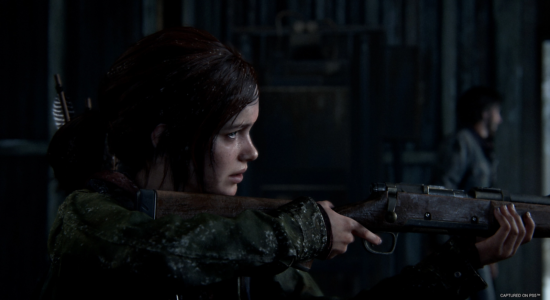
In addition to the base game, The Last of Us Part I, like the PS4 remaster, also contains the extra chapter Left Behind , which focuses more on Ellie and a friend. However, the multiplayer mode is missing from the base game, but there is absolutely no major loss in this context. Both new and old fans of the series will find something of value in playing through the first game in its absolute best form.
Nine years after its original release, The Last Of Us Part I is still a very good, and emotionally heavy, game. With significantly improved graphics, image updates and sound, it’s hard not to fall headlong into the post-apocalyptic world Naughty Dog has created. However, it’s a bit of a shame that they didn’t go deeper into the game and raise the game mechanics to the same level as the sequel, but then it probably wouldn’t have felt like the same game anymore.
![Review: The Last Of Us Part I [PS5]](https://gamingbreakthrough.com/wp-content/uploads/2022/09/3z733s5snn491-550x300-1.png)
